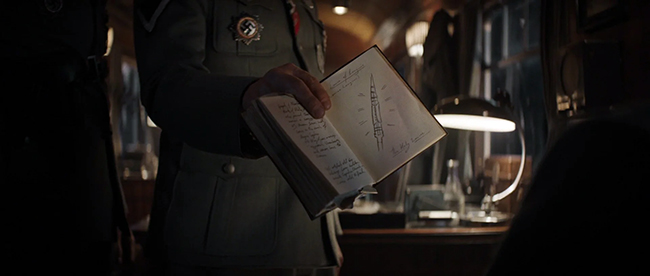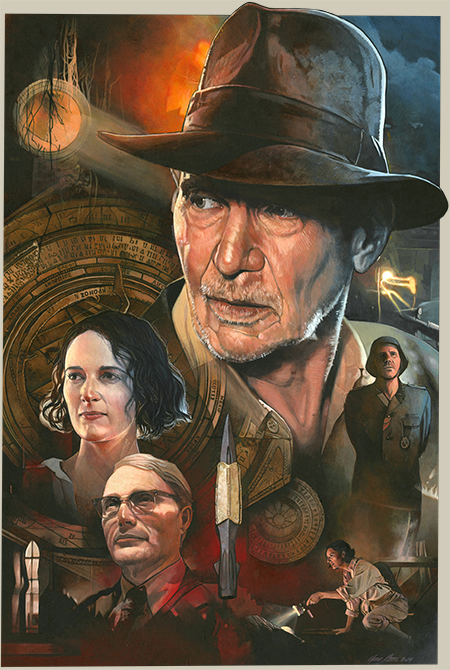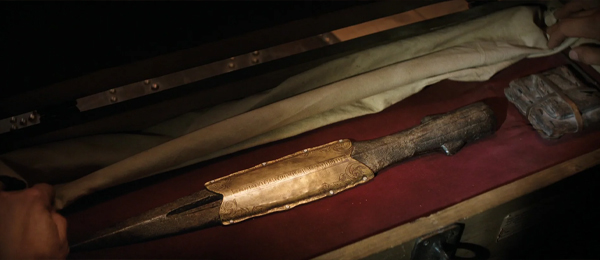

In the years between Last Crusade, Kingdom of the Crystal Skull, and Dial of Destiny, fans had few outlets for Indy adventures. Speculation ran wild on what treasures Indy could hunt. The Lance of Longinus was brilliantly realized as the subject of a 4-issue Dark Horse Comic series—Indiana Jones and the Spear of Destiny—and a masterful work of art by Mark Raats with a painting of the same name. Mark used IndyGear’s own Indy Magnoli’s Lance replica as the source for his art. It wasn’t until 2023 that we’d see a live action version, looking more than a bit reminiscent of Mark’s painting in Indiana Jones and the Dial of Destiny.
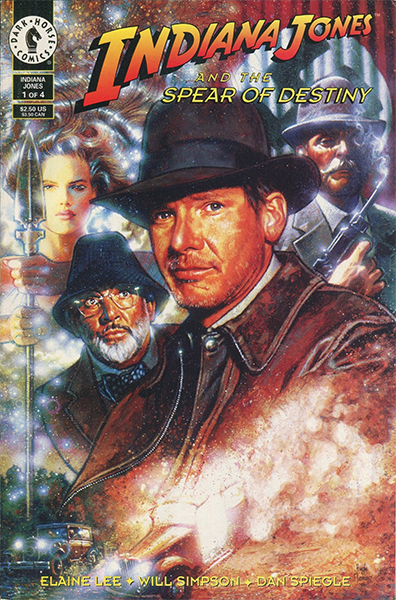
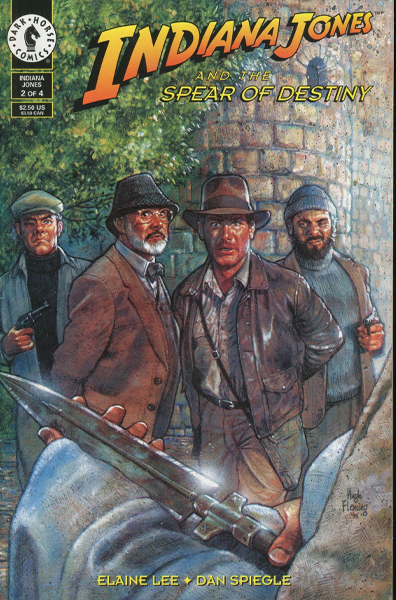
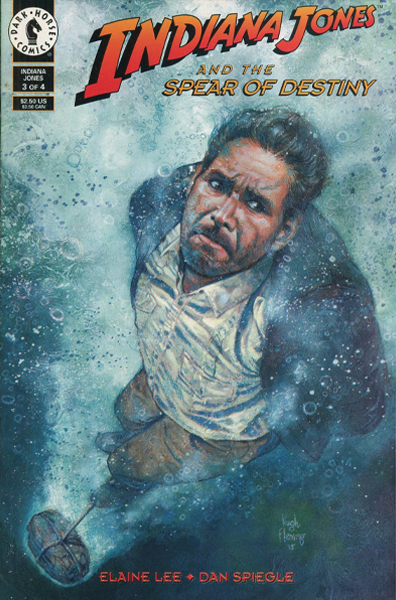
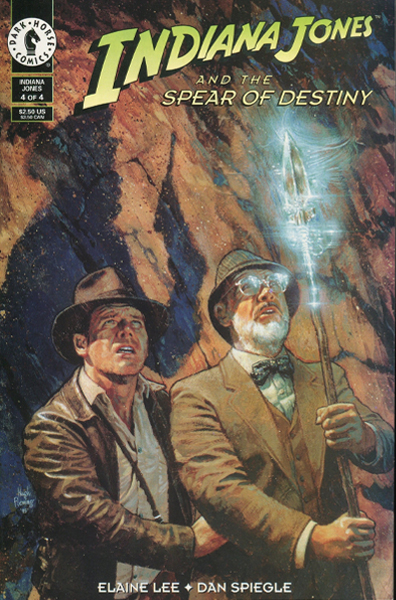
Dark Horse’s Indiana Jones and the Spear of Destiny. The 4-issue series ran from April to July in 1995.
Cover art by Hugh Fleming.
The Lance of Longinus—named after Saint Longinus, the name given to the unnamed Roman soldier who pierced the side of Jesus to make sure he was dead—is featured in the 1944 prologue with Indy and his friend Basil Shaw trying to retrieve the artifact from “too many Nazis.” The twist here is that on a plunder train full of appropriated relics, the lance in this tale is a fake.
In the real world, there are claims to four Holy Lance relics, or parts of lances, but it is the Holy Lance in Vienna, Austria that the Dial of Destiny, and Mark’s painting, used as inspiration for the prop.
Now residing at the Imperial Treasury at the Hofburg Palace in Vienna, the Lance has multiple pieces, some added through the years. The components consist of: a blade, which is divided by a break into two parts, a nail embedded in the blade tip believed to be a nail from the Crucifixion, a silver band with the inscription “Nail of Our Lord” added to it by Henry IV in 1084, and a golden sleeve put over the silver one, with debossed text stating: Lancea et clavus Domini (Lance and nail of the Lord)—added sometime around 1350 by Charles IV. A leather wrap, six silver wire wraps and three cuffs (made of iron, silver or gold) hold the structure together.

Hitler believed the Lance to be one of a few magical relics and had it hidden away with other plundered pieces deemed important enough to protect them from the wages of war. Ally investigators recovered the Lance and other items in 1945, sending the entire lot to Austria in January of 1946.
In the years since, with various testing techniques, it has been determined that the Lance is from the 8th or 9th Centuries with the nail dating to the same time period.


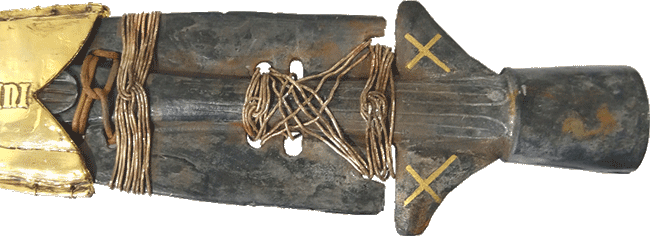

In another bit of serendipity, to flush out his painting, and as a fun side project, Mark Raats created a diary for the Spear of Destiny, thinking Indy would follow in his father’s footsteps and document discoveries of his pursuits. Cut to 23 years later and Colonel Weber uses Indy’s Longinus diary to interrogate self-proclaimed bird watcher, Basil Shaw.

